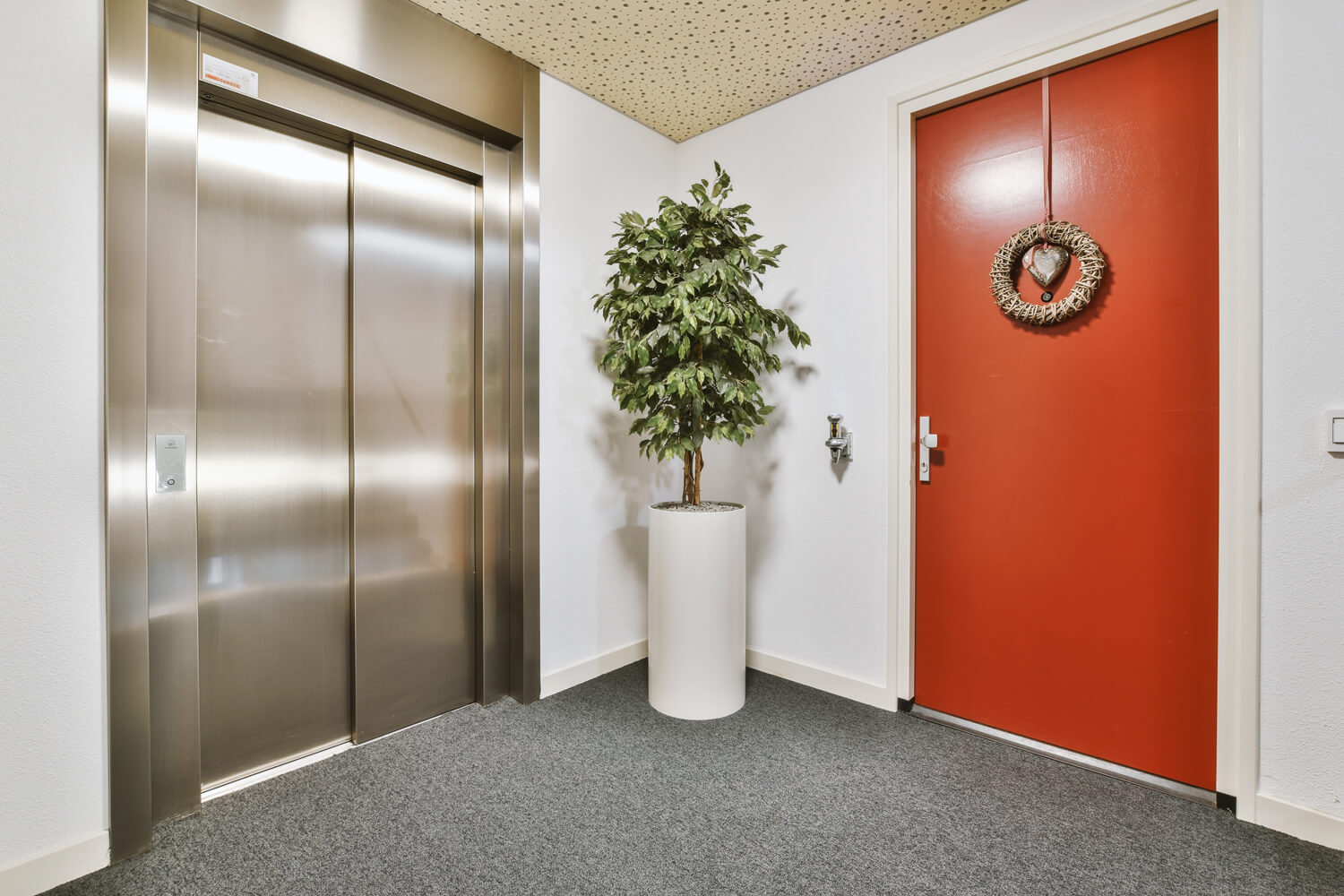Thinking of buying a new elevator or two for your building? It’s a big investment, so you want to choose the right one. With so many elevator varieties on the market, it’s hard to know which type suits your building’s needs.
Below, learn about six different elevator types from our elevator answering service professionals.
Types of Vertical Transport
There are many kinds of elevators, from standard geared traction elevators to air-driven ones (also called vacuum elevators). We’ll go over the various categories next.
1. Traction Elevator
This is probably the first thing that comes to mind when imagining an elevator. Traction elevators have ropes to raise and lower the car. They are speedy and have a counterweight system to offset the weight of the car and its riders.
Traction elevators come in two types: geared and gearless. Geared elevators have a motor with a gearbox and can travel up to 250 feet. Gearless elevators can travel up to 2,000 feet, so if you have a skyscraper, it’s a no-brainer to choose this variety.
2. Hydraulic Elevator
Hydraulic elevators have a piston at the bottom that pushes the car up. When the car goes down, the elevator’s valve releases hydraulic fluid from the piston.
Conventional and roped hydraulic elevators can travel about 60 feet. Hole-less hydraulic elevators (elevators with no sheave under the pit) can travel 50 feet (or 20 feet if the elevator has non-telescoping pistons).
3. Machine Room-Less (MRL) Elevator
This is one of the best types of elevator if you care about energy conservation and complying with the ASME elevator code. Unlike most elevators with a machine room above the shaft for maintenance, an MRL elevator lacks such a room. This shaves weight off the cab, allowing it to work more efficiently.
MRL elevators can travel up to 250 feet at speeds of 500 feet per minute.
4. Vacuum (Air-Driven) Home Elevator
As the name implies, air-driven elevators rely on air movement and pressure to raise the car. Pushing the “down” button releases that pressure, allowing the car to drop.
Vacuum elevators are quite small, so they usually only fit one passenger at a time, making them ideal for residential properties.
5. Freight Elevator
Freight elevators are suitable for moving heavy loads of cargo. They’re primarily used in commercial properties, but you might also find freight elevators in high-rise apartment buildings. Residents certainly appreciate the convenience (no one wants to lug hefty furniture up 10 flights of stairs, after all).
6. Stage Lift
Stage lifts are mostly used in auditoriums, concert halls, theaters, and the like. You might also find stage lifts on construction sites, as they’re helpful when hauling heavy equipment to higher levels.
Our Monitoring Systems Support All Elevator Varieties
Now that you’ve learned about a few different types of elevators, call ELEVATE Monitoring at 877-990-9191 to learn more about elevator classifications. We can also help you understand essential elevator upgrades, such as an elevator monitoring system.



